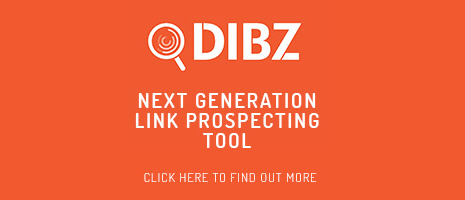Google Gone Toddler: Fun Search Features

Recent changes in Google’s branding and corporate structure received mixed feedback, surprisingly never escalating to anything even close to euphoria that often accompanies similar events.
However, even those who had nothing else to say about the new corporate identity were inclined to notice that Google might be going Benjamin Button on us and ageing backwards, at least when it comes to how they choose to present themselves.
Fun facts in search and the incognito problem
Google has always been playful. From their colorful logotype and different easter eggs to recently introduced fun facts feature, the examples of their happy-go-lucky attitude abound.
Namely, the later offers you an instant random fact once you type “fun facts” into google.com. Below, you’ll have an Ask Another Question button to continue your random facts search as long as you wish, which can keep fanatical factfinders browsing for hours. You’ll also get corresponding results for queries such as “I’m feeling curious,” “I’m feeling puzzled,” “I’m feeling artistic,” etc.
Now, if you feel that the results are somewhat personalized, there may be a good reason for this. Namely, if you switch to an incognito window, you’ll notice no fun facts field pops up. The only reasonable explanation for this is that for fun facts, too, Google uses your search history to deliver results you’ll find truly fascinating.
Knowing how dedicated to providing excellent UX Google is, this isn’t at all surprising. In fact, this further points to the value of interesting content, which should only encourage webmasters to follow Google’s lead and shift to more engaging content forms.
New logo: new story
The replacement of the only semi-formal or traditional aspect of their logotype – serif typeface with an apparently blasphemously youthful sans serif still caused quite a commotion.
Naturally, the fact that Google recently created a “parent” company for themselves, named it”Alphabet” and adorned the homepage of the site introducing this restructuring with preschool dice might have helped people come under the impression that the search giant is not exactly acting its age.
While Google’s decision to use a sans serif typeface of their creation is more than sufficiently explained by the fact that this kind of font is easier to read in smaller sizes and generally neat, there will still be those who will either think this is infantile, or that it”s a devious attempt to lull the unsuspecting humanity into a false sense of ease before they unleash the real Panda.
There is, however, another way of looking at it. The playground they have created for themselves, where they can work on sometimes seemingly childishly naïve and optimistic moonshot projects as far or as close from the eyes and influence of the investors as they want, should come equipped with learning tools.  The name Alphabet might also be meant to signify not only their moving from numbers (Google) to letters, i.e. to a semantic appreciation of the data they handle, closer to how their users see the world; but also a promise that they are only in the infancy stage of their project, that they are still learning and that we can expect a lot of them in the time to come.


 SEARCH
SEARCH



